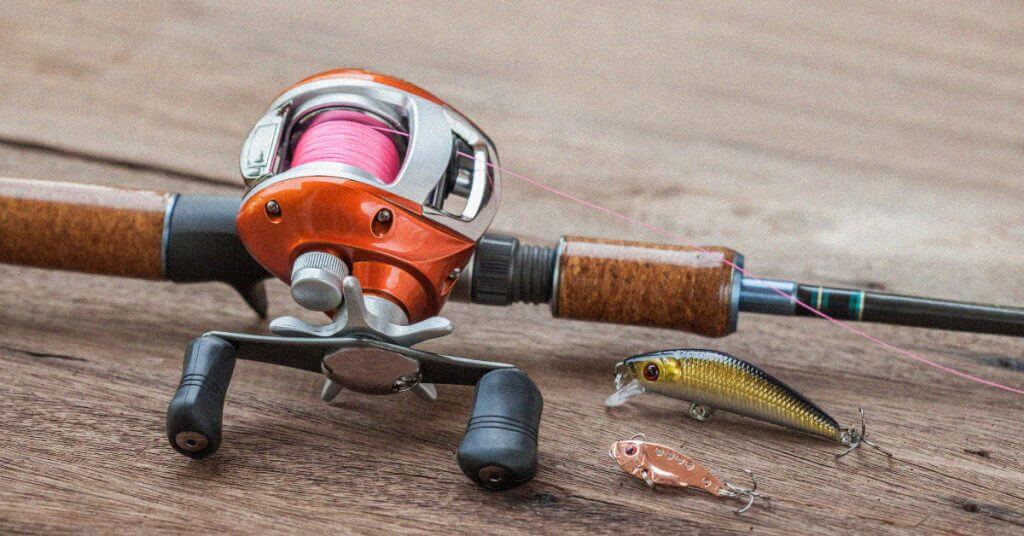When it comes to fishing, the spinning rod and reel tend to get the most attention.
Understanding how to cast a spinning reel and how to fish with one is crucial to your success on the water.
I’m a big believer in keeping things simple. Everyone has their way but my way has always been the simple way.
Follow my step-by-step guide and you’ll be hitting the mark in no time.
Anglers.com Community Coordinator Wesley Littlefield shows us how to cast a spinning reel in this YouTube Video!
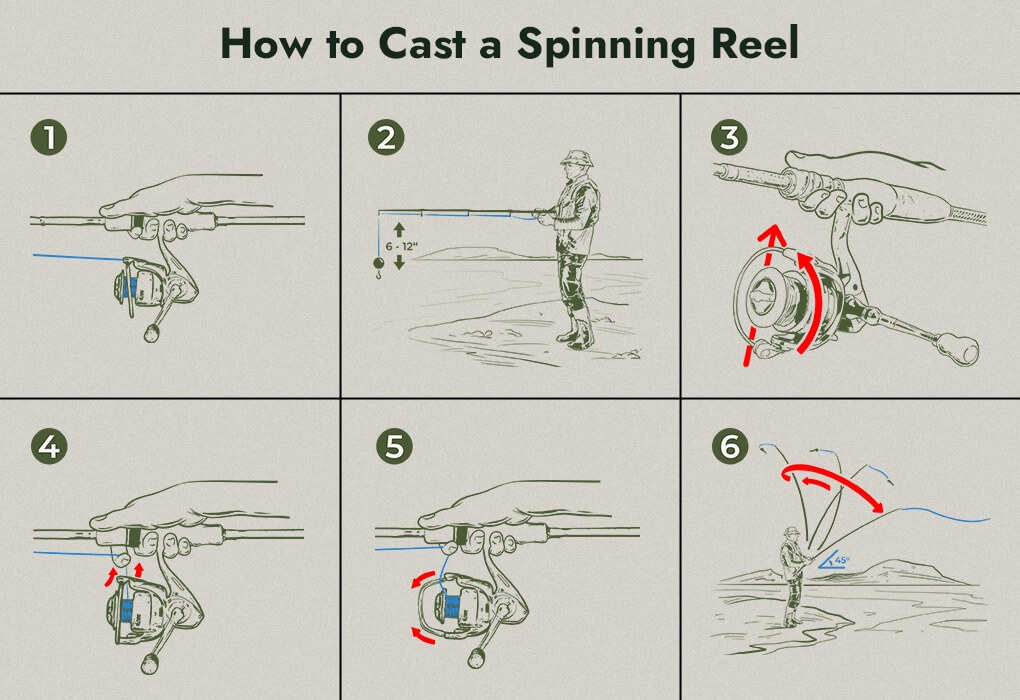
How to Cast a Spinning Reel
1. With your dominant hand, grip the rod handle with the reel facing down.
2. Ensure there is 6″-12″ of line out the tip of your rod.
3. Use your index finger to hold the line while you open the bail with your non-dominant hand.
4. Make sure the area is clear around you then look in the direction you want to cast.
5. Bring the rod up over your shoulder and quickly bring it forward to make an overhead cast.
6. Release the line with your index finger as you’re moving the rod forward.
Breaking Down Gripping the Rod
Let’s talk about the steps necessary to properly grip your rod.

Step 1
Take your rod and hold it in your dominant hand with your palm facing inward.
You’ll hold the rod on the padded part towards the bottom. Some rods will have cork, plastic, or foam here. Curl your thumb over the top and grip it in a way that is comfortable.
Step 2
Find the foot of the reel that meets with the rod. You should position that in between your pinky and ring finger.
The spinning reel should be under the rod with the reel sitting right beneath your wrist. You should have your index finger free and the rest of your hand firmly grasping the rod.
Step 3
Stick your index finger out and grab the loose line. Pull the line back until you’ve wedged it between the rod blank and your finger.
You’ll need to do this because you’re going to open the bail and if you let go of the line, it will unspool.
Breaking Down Casting a Spinning Reel
You’re ready to make your first cast. Here’s how you’ll do it.
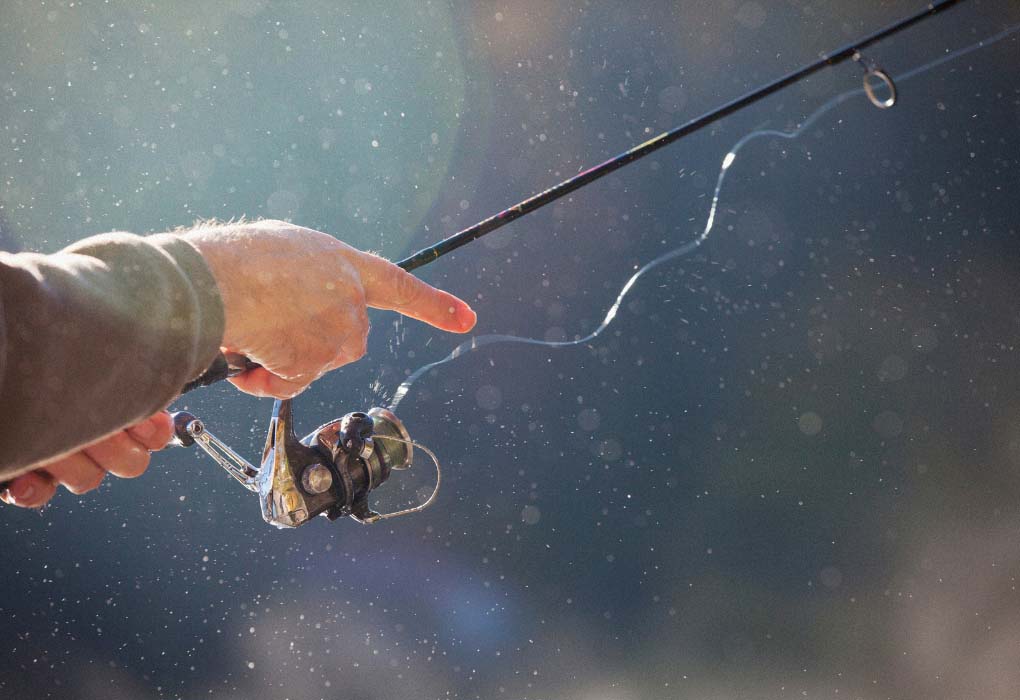
Step 1
Look out into the water and determine where you want to cast.
Step 2
Open the bail with your non-dominant hand to unlock the line with your dominant index finger holding the line between the rod blank and your finger.
Don’t try to cast with the bail closed because it will snap your line.
Step 3
Raise your rod over your dominant shoulder or sidearm it depending on your personal preference.
When you’re just starting out, the recommendation is to use an overhand cast but I think you could go either way.
Be sure you’re aware of anything around you such as other people or vegetation. You should still be gripping the line at this point.
Step 4
Cast the rod forward toward your target while releasing the line from your finger. You’ll want to keep your arm at about a 25-degree angle when still and release it to a 75-degree angle when casting.
Keep your feet planted on the ground. You can use two arms to stabilize the cast if it feels better for you.
Reeling In
If you’re going with a standard cast and retrieve approach here’s what you’ll do.

Step 1
The first step is to close the bail. The bail will close automatically with a full revolution of the handle but it’s best to close it yourself.
Step 2
Start retrieving the lure by reeling in with the handle. Most strikes will occur following small jerks and twitches so it helps to stop and go as you’re retrieving.
Setting the Hook
The first instinct is to pull on the rod as hard as you can when you feel a nibble but that will end up jerking the lure away from the fish and scaring them.
Instead, if you feel a nibble, slow down the presentation, and pay much closer attention to what you’re feeling.
If you continue to feel bites, tighten the line and give it a quick little jerk by pulling the rod tip up away from the water.
If you start to feel resistance, it means you caught something!
Getting the Right Fishing Gear
The first thing every angler should do before wetting their fishing line is to gather all the gear.
You need to make sure you have the essentials if you can expect to cast properly and learn how to cast a spinning rod and reel.
Spinning Rod

Some people elect to purchase a spinning rod and reel combo which is desirable if you don’t understand the difference between a spinning reel and a baitcaster.
That said, those combo units are usually good enough to suffice for anyone and the manufacturer almost always supplies a rod if you purchase a solo fishing reel as well.
Spinning Reel
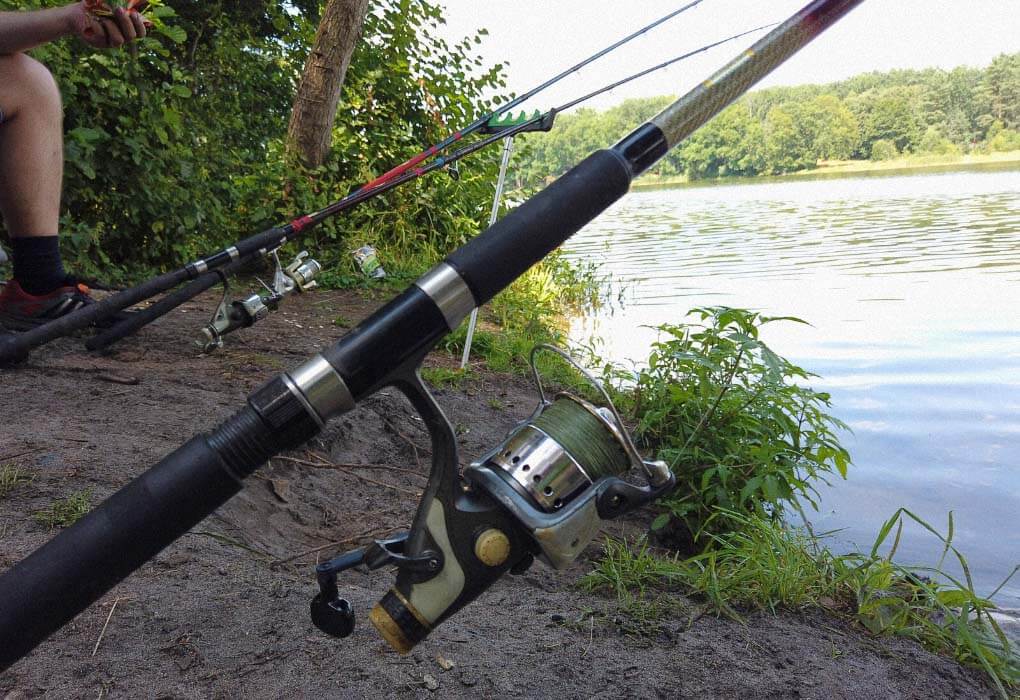
When shopping for a spinning reel you want to keep a few main factors in mind:
- Gear ratio
- Bearings
- Weight
- Drag
These factors will play a major role in determining the overall performance of your reel while also ensuring you have something that is light enough to prevent fatigue.
Not every reel can be used with every rod, keep that in mind. It’s best to go with something from the same brand and manufacturer as the rod you have.
Line
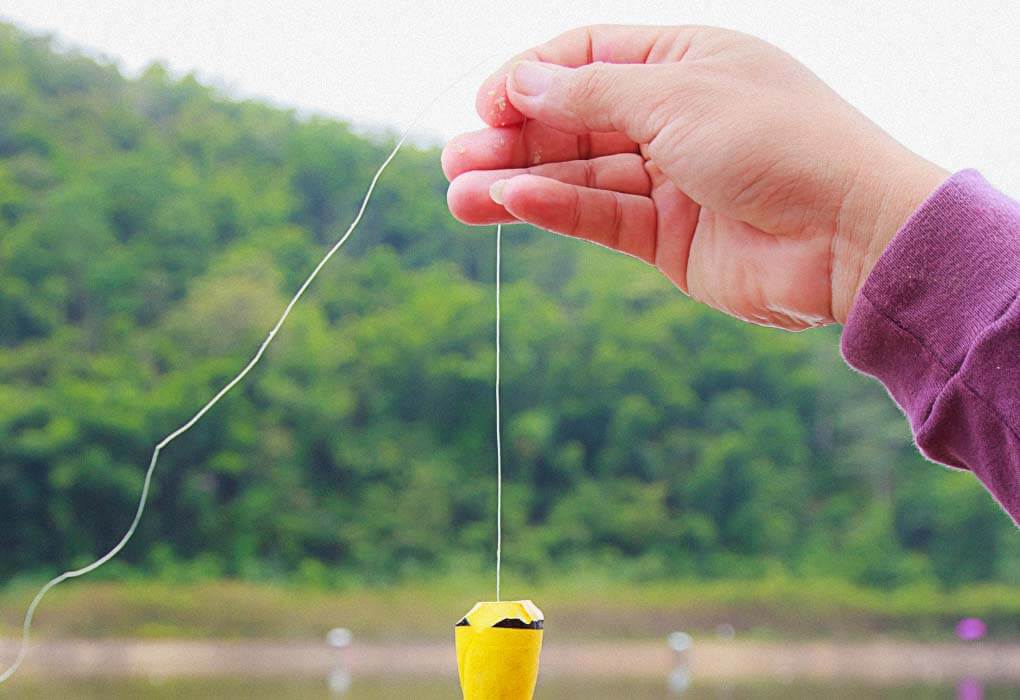
In terms of line, this is the KISS method so go with something simple!
Use a monofilament line if you’re not experienced. Look for something in the realm of an 8lb test and roll with it.
That said, if you’re fishing for trout you may need a little more finesse and some people elect to use a fluorocarbon leader on their line.
The same could apply to someone fishing saltwater instead of freshwater. Generally, saltwater fishing requires heavier conventional reels with braided line.
Fishing Tackle
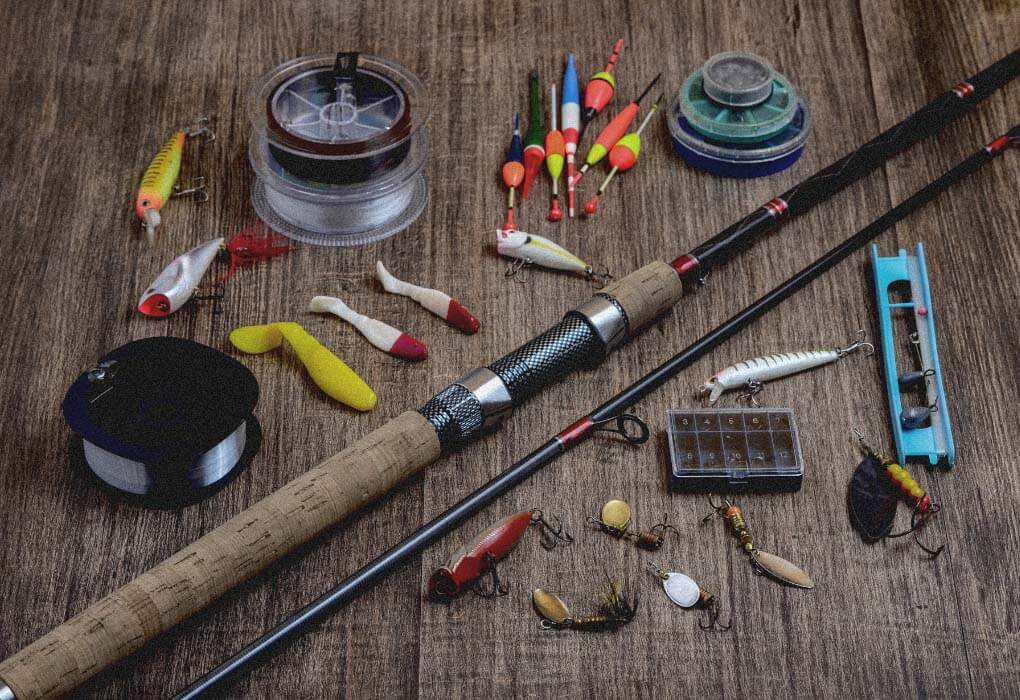
We’re not getting into fishing lures in this article so I want to focus more on the overall theme.
The type of tackle you choose will depend entirely on what you’re fishing for.
If you’re bass fishing, you’ll likely be using live bait or soft plastics of some sort as a beginner.
You’ll want to go for a standard bait hook. They’re straight with barbs going down and a barb on the end. You can rig them with almost anything.
You could also use a round jig head and hook a worm up to that as well. Single-tail jigs are good for beginners to catch crappie.
Depending on the presentation you have planned you may also want to use a bobber to control the depth of your lure.
Understanding Your Reel
Now we need to understand the components of your spinning reel and how it differs from other types of reels. The most common reel types out there are:
- Spinning reels
- Baitcasting reels
- Fly reels
- Trolling reels
- Spincast reels
Here’s some of the terminology you should familiarize yourself with if you plan to fish with spinning tackle.
Spool – The spool is the area in the middle of the reel where you wrap the line around.
Reel Handle – The handle is what you’ll crank to retrieve a fish after you cast.
Bail – The bail is the metal arm that controls how the line spools on the reel. When it’s closed line cannot flow from the reel. When it’s open, the line will flow freely off the spool.
Feet – If someone refers to the “reel foot” they’re talking about the piece that attaches the reel to the rod via the “reel seat.” Some also call it the stem of the reel.
Drag Knob – This important device will control how easily line comes off the spool when the bail is closed.
The fish should be able to take the line from your reel without putting too much strain on the reel and line.
But, if smaller fish are taking your line really far it means that your drag is too loose so use the knob to tighten it.
Roller – The line roller is at the end of the bail and ensures that the line lays evenly on the spool.
Final Thoughts
Now you should thoroughly understand how to cast a spinning reel and everything that goes along with it.
Casting is half the battle but you need to be able to present the right lures properly otherwise you’ll have a hard time catching anything.
Angling is a game built around lifelong learning so we can never be afraid to learn more.
If you have any questions, please leave a comment below and I will be sure to address them.
Thanks for reading and good luck out there!



